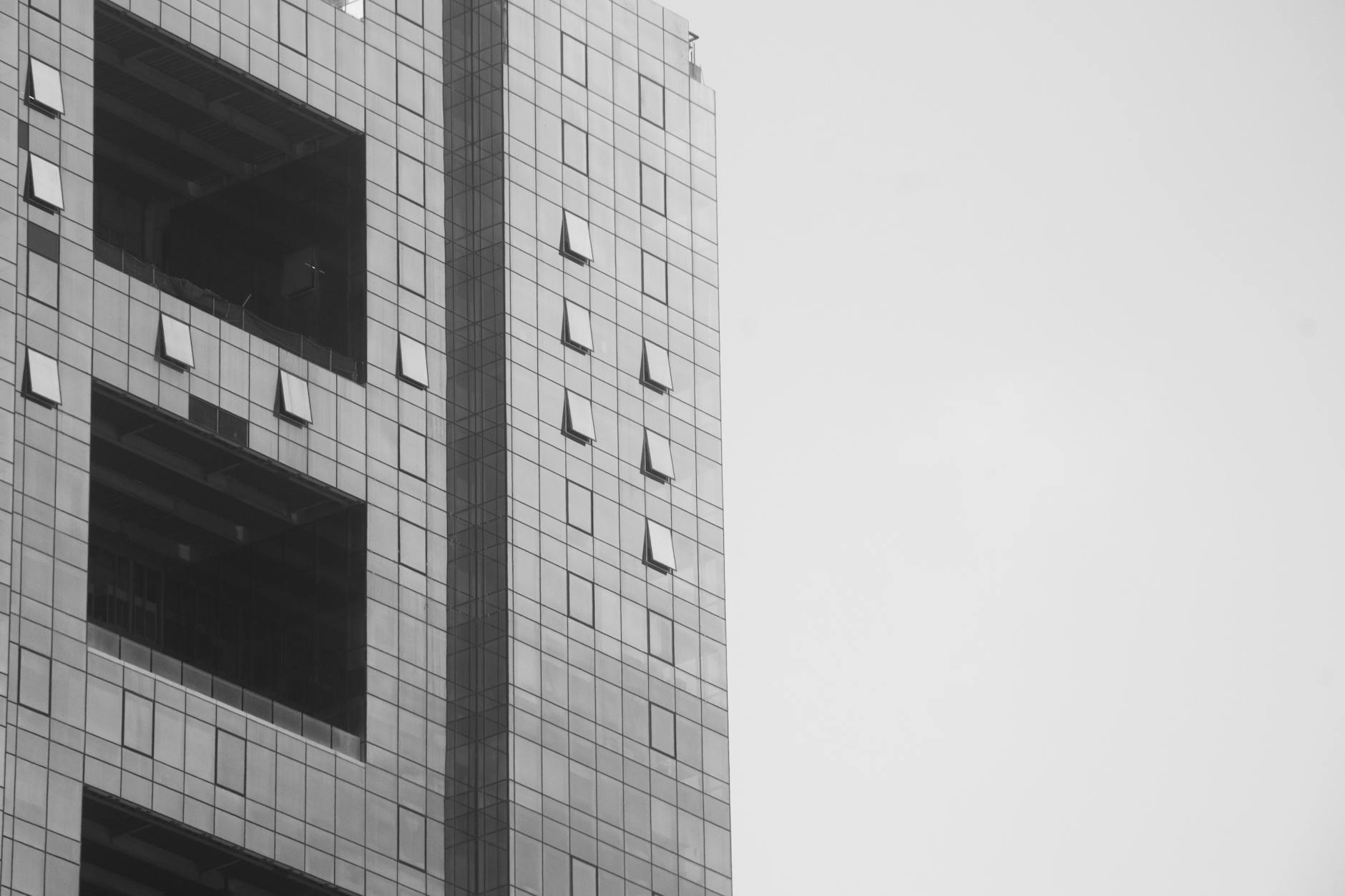The Empty Tower: A Financial Crisis is Brewing in Commercial Real Estate

In the skylines of major cities across the world, a quiet crisis is unfolding. The gleaming office towers that have long been symbols of corporate power and economic vitality are facing an existential threat. The remote work revolution, supercharged by the pandemic, has created a glut of empty office space, sending property values plummeting and threatening to trigger a slow-motion financial crisis with profound consequences for the banking sector.
This is the "urban doom loop" in action, a vicious cycle where the decline of the office market threatens to drag down the entire urban economy with it.
The Work-From-Home Shockwave
The shift to remote and hybrid work is not a temporary trend; it is a permanent structural change in the way we work. Companies have realized they can save millions of dollars on rent by reducing their office footprint, and employees have embraced the flexibility and work-life balance that remote work offers.
The result has been a catastrophic collapse in demand for office space. In major US cities like San Francisco and New York, office vacancy rates have soared to over 30%, a level that was once unimaginable. Landlords are being forced to offer massive concessions and lower rents just to attract tenants, and the value of even the most prestigious office buildings has been slashed by half or more.
A Trillion-Dollar Debt Bomb
This collapse in property values is a major problem because the entire commercial real estate (CRE) market is built on a mountain of debt. Over the next few years, an estimated $1.5 trillion in CRE debt is due to be refinanced in the United States alone.
This is where the crisis comes into focus. Building owners who took out massive loans when their properties were fully leased and interest rates were near zero now have to refinance that debt in a world where their rental income has collapsed and interest rates have soared. Many will be unable to do so, leading to a wave of defaults.
The entities most exposed to this debt bomb are not the massive Wall Street banks, but the small and medium-sized regional banks that are the lifeblood of the American economy. These banks hold a disproportionately large share of the outstanding CRE loans. A wave of defaults could lead to a series of regional bank failures, creating a credit crunch that would starve small businesses of the capital they need to grow and operate.
The Urban Doom Loop
The crisis does not end with the banks. The decline of the office market has a cascading effect on the entire urban ecosystem. Fewer office workers means fewer people buying lunch at local restaurants, shopping at downtown stores, or using public transportation. This leads to a collapse in sales tax and transit revenue, forcing cities to cut essential services.
This, in turn, can lead to a decline in public safety and quality of life, which encourages even more people and businesses to leave the city, further eroding the tax base. This is the "doom loop," a self-reinforcing cycle of urban decline that is incredibly difficult to reverse.
The crisis in commercial real estate is one of the most significant and under-reported economic stories of the post-pandemic era. It is a slow-motion shockwave that threatens not only the financial stability of the banking sector but also the economic vitality of our greatest cities.



